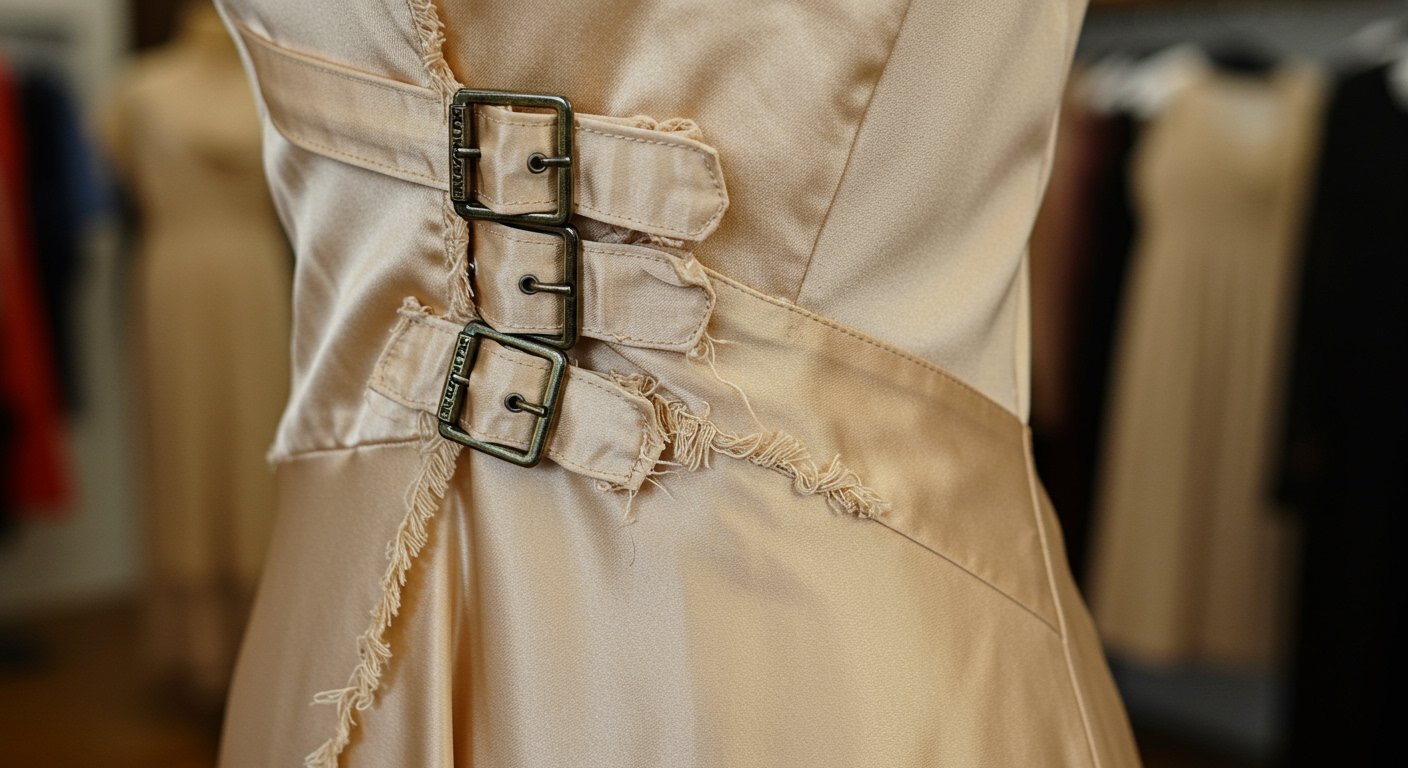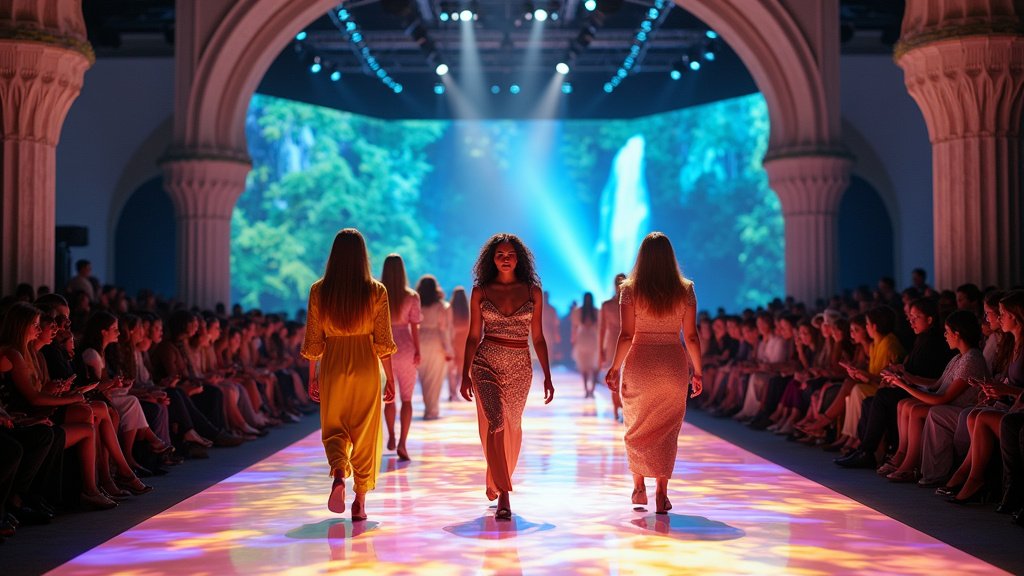In 2008, author Carmel Breathnach embarked on a search for a suitable dress for her brother’s wedding, which was to be held in Ireland. This seemingly simple task led her to an unexpected discovery in Portland, Oregon, at a boutique that represented a pivotal moment in the city’s fashion history.
Discovering Seaplane
Breathnach’s quest took her to Seaplane, a distinctive boutique located on NW 23rd Avenue in Portland. At the time of her visit in 2008, the shop had recently changed hands, having been sold by its original founders earlier that year.
Pioneers of Portland’s Y2K Fashion
Seaplane was established around the year 2000 by local designers Holly Stalder and Kate Towers. These two individuals were widely recognized as pioneers of Portland’s burgeoning Y2K fashion scene. Their work embodied the independent, creative spirit that defined the era’s style in the Pacific Northwest.
Despite the change in ownership, Breathnach’s exploration of the boutique yielded a remarkable find. She discovered a dress bearing the label “Holly Stalder. Seaplane.” The garment closely resembled a dress she had seen depicted in a photograph displayed at the store, hinting at its connection to the shop’s foundational period and design ethos.
The Dress and Its Details
The dress itself was a champagne-colored, satiny creation. Its design incorporated unique and intricate details that spoke to the artisanal approach favored by its original designer. These included deliberate buckles, frayed edges, and visible stitching – elements that deviated from conventional formal wear and highlighted a handcrafted, perhaps avant-garde, aesthetic characteristic of the Y2K independent design movement in Portland.
A Journey from Personal Moment to Museum Exhibit
What began as a dress for a specific occasion – attending her brother’s wedding in Ireland in 2008 – evolved into something far more significant. The champagne-colored dress played a substantial role in Carmel Breathnach’s personal history, becoming intertwined with the memories of that important event. Its story, however, did not end there.
Nearly two decades after its purchase and its debut at the Irish wedding, the very same dress found its way into a museum exhibition. This transition from a personal garment worn for a family celebration to an artifact displayed for public viewing underscores its cultural significance, representing not only a personal journey but also a tangible piece of Portland’s Y2K fashion legacy spearheaded by designers like Holly Stalder and Kate Towers.
Conclusion
The journey of this single dress, from a small boutique on NW 23rd Avenue in Portland, founded by pioneers of the Y2K fashion scene around 2000 and later sold in 2008, to being a key element in a personal history that unfolded at a wedding in Ireland in 2008, and finally culminating in its inclusion in a museum exhibition nearly two decades later, illustrates how objects of fashion can transcend their original purpose. They can become vessels of memory, historical markers of specific cultural moments, and testaments to the enduring impact of local design on both individual lives and broader artistic narratives.




